Sinkholes - a matter of water erosion

Sinkhole in the United States, Source: Nationalgeographics, by Octavio Jones
Introduction
Anywhere in our world different kind of erosions happen which form our landscape – on the surface as well the subsurface. The most significant factor of erosion is water (beside wind, landslide and abrasion) which is causing a challenge in engineering problem. The ability of water to move soil and rock depends on several factors. The faster and more turbulent the flows of water, the more erosive characteristics are appearing. Larger particles like gravel are more resistant to erosion than small particles like silt or clay. Finally, rather than physical erosion, some materials dissolve in water, just like sugar or salt. It can be eroded just by dissolving into the ground water from time to time.
Some kinds of soil are more affected than others – i.e. dolomite areas, etc. Most natural sinkholes occur in areas with large deposits of carbonate rocks like lime stone. Over long periods of time, ground water flowing through the subsurface can dissolve the rocks, creating voids and open tunnels. In fact, this is how most caves are formed – a creative name of sinkholes is also „Internal erosion“. A sinkhole is a feature that occurs suddenly and manifests as a hole in the ground.
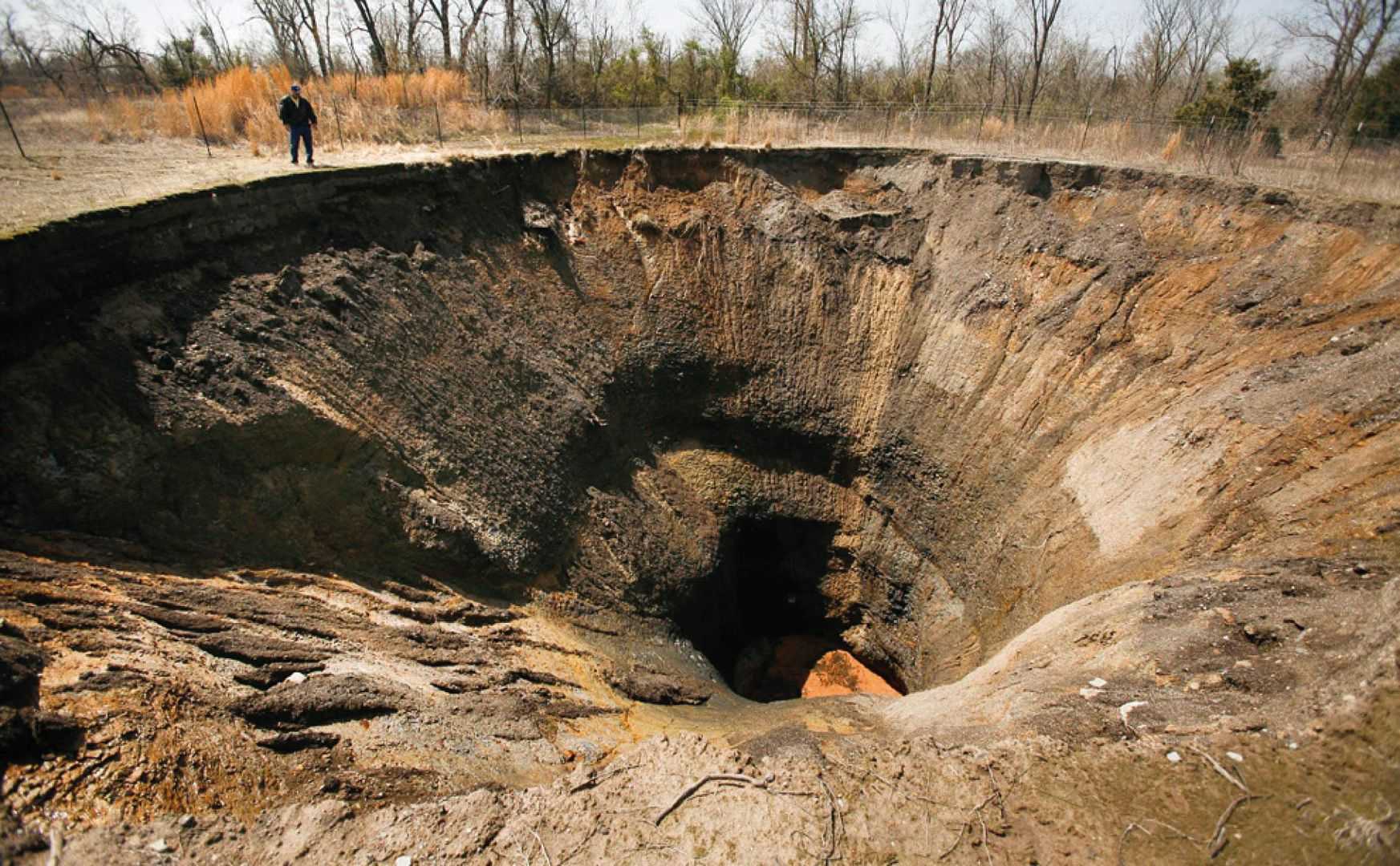
Huge sinkhole, Source: Nationalgeographics, by Octavio Jones
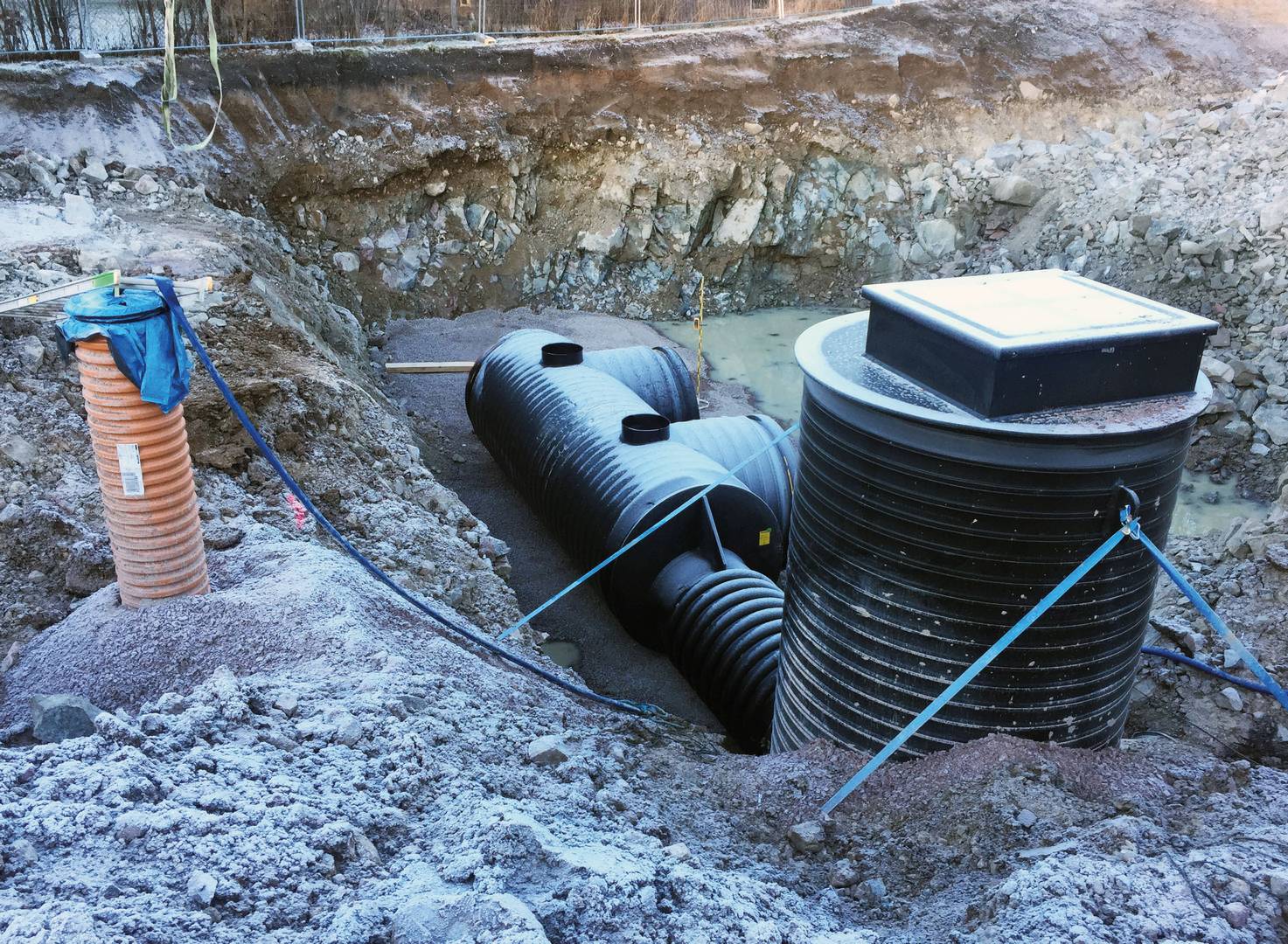
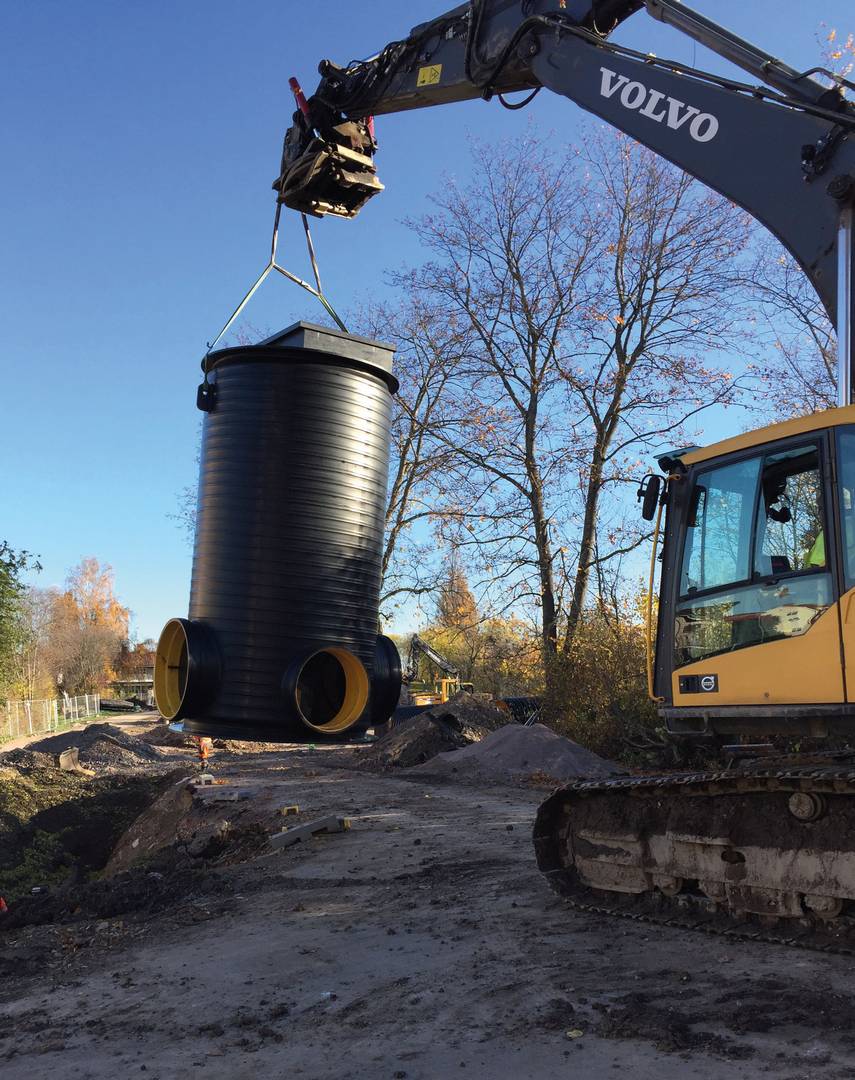
 Skyline of Jakarta
Skyline of Jakarta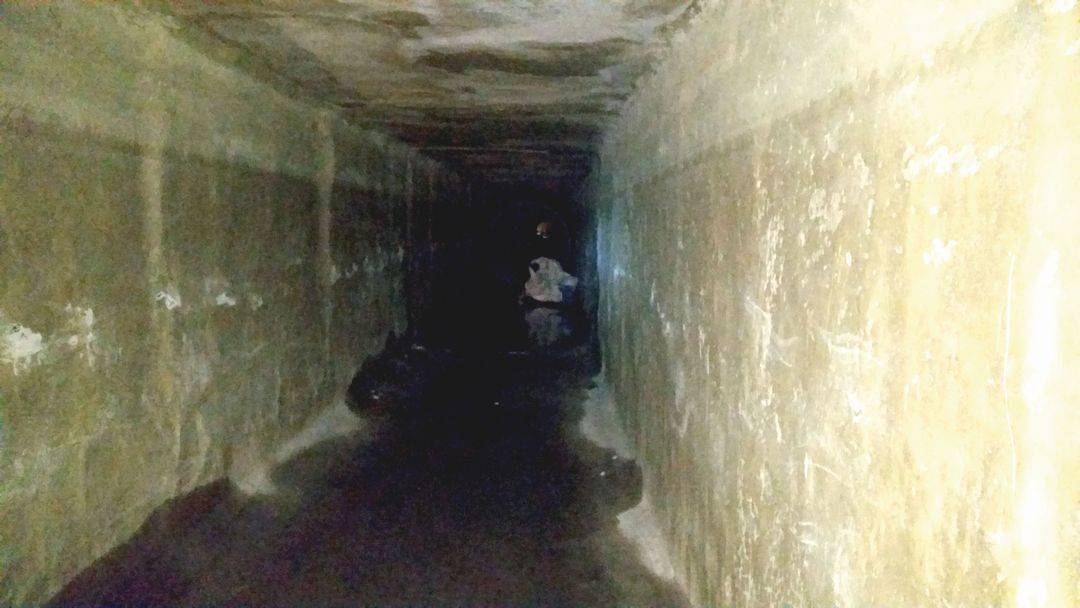
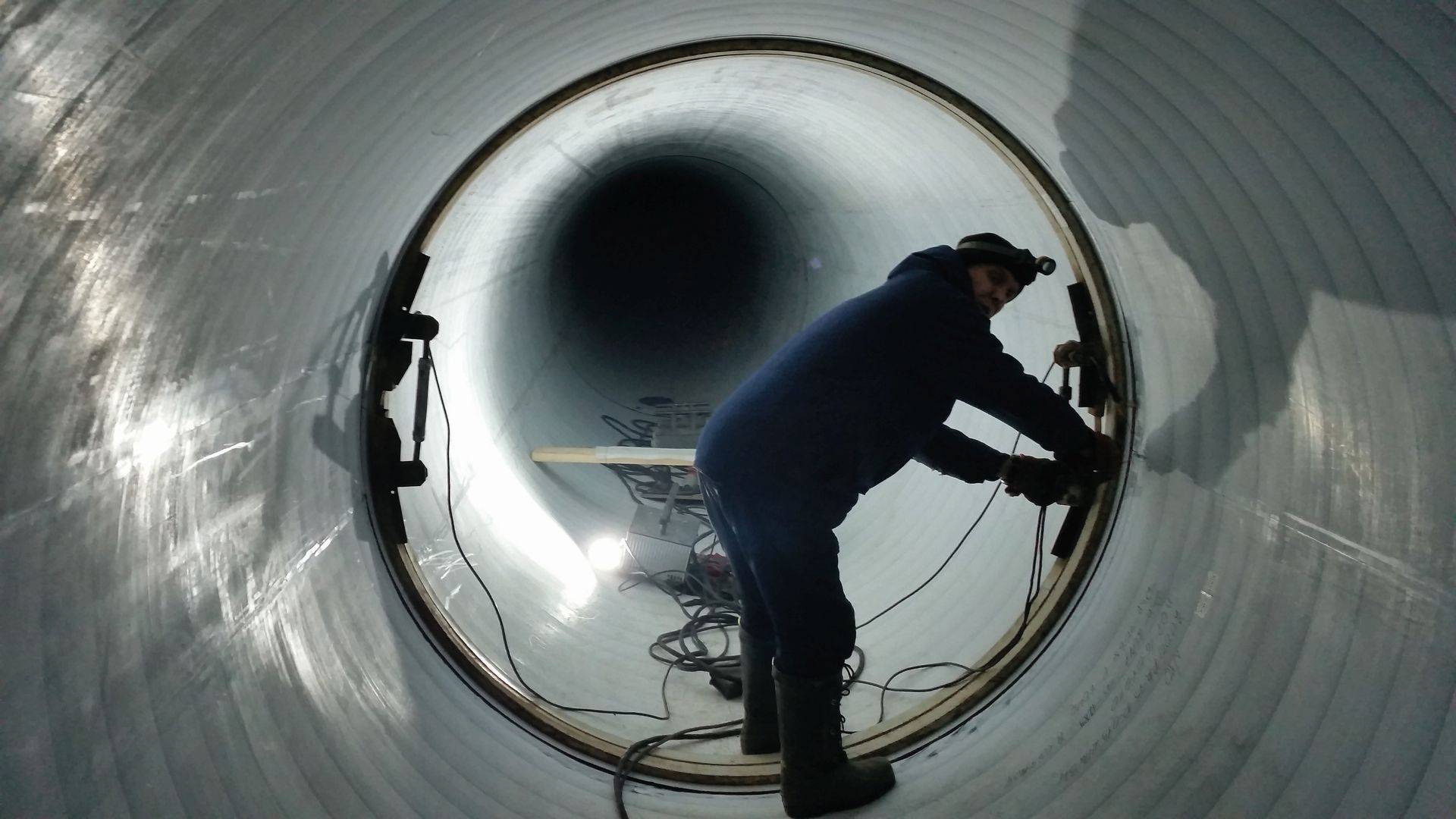
 Krah Pipes re-used as Flower Containment System
Krah Pipes re-used as Flower Containment System

